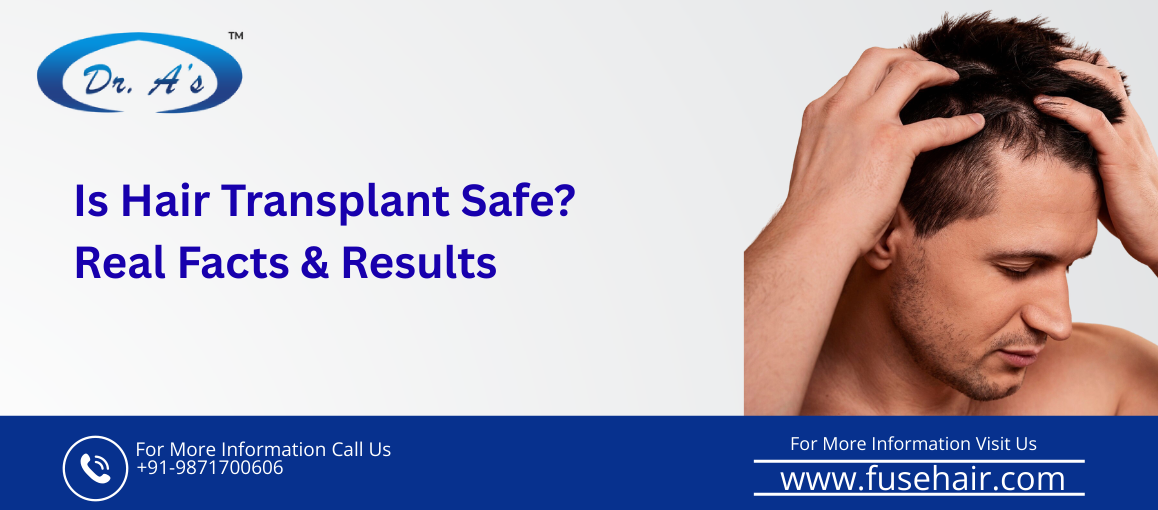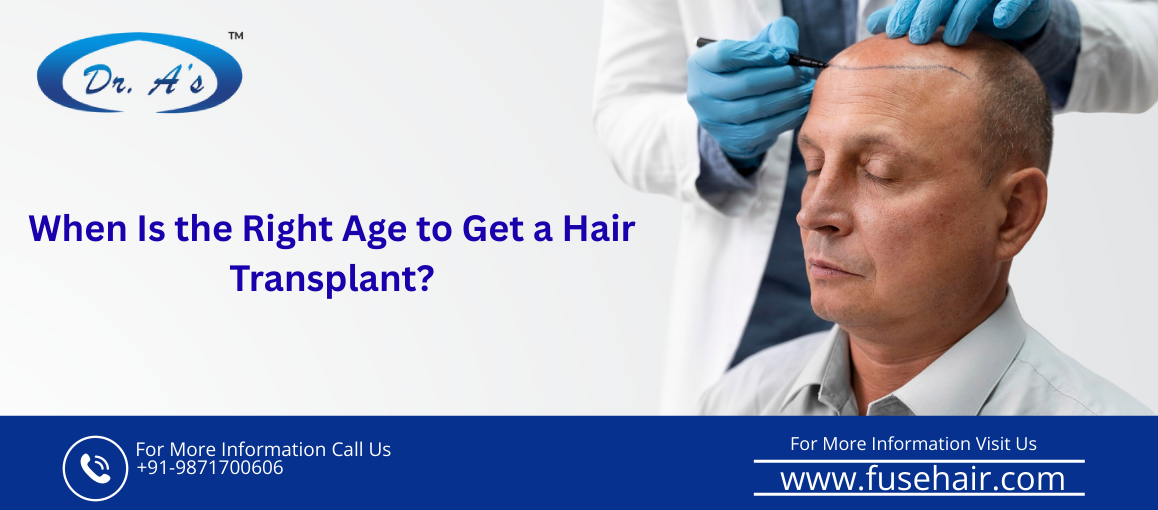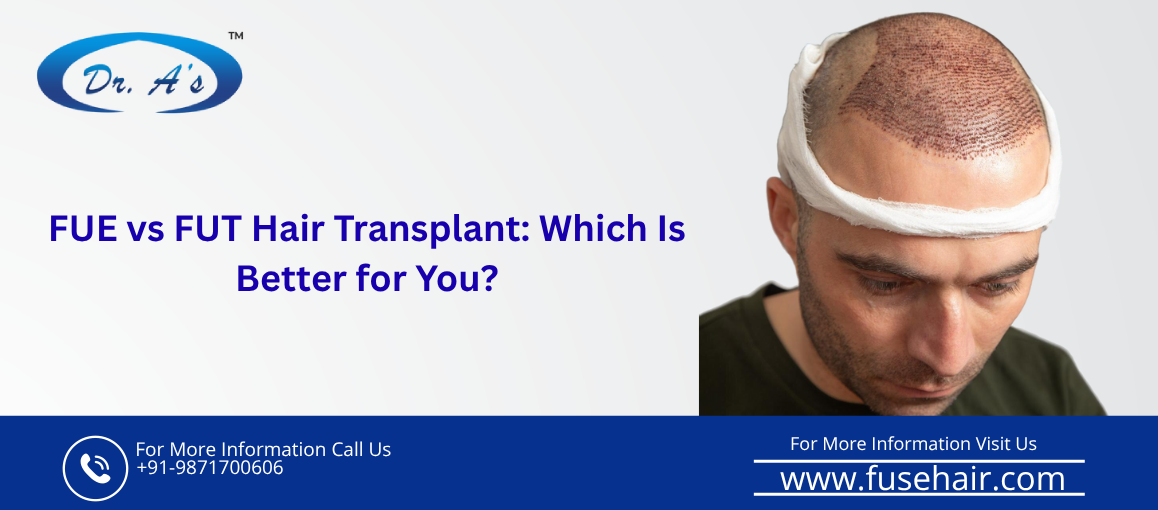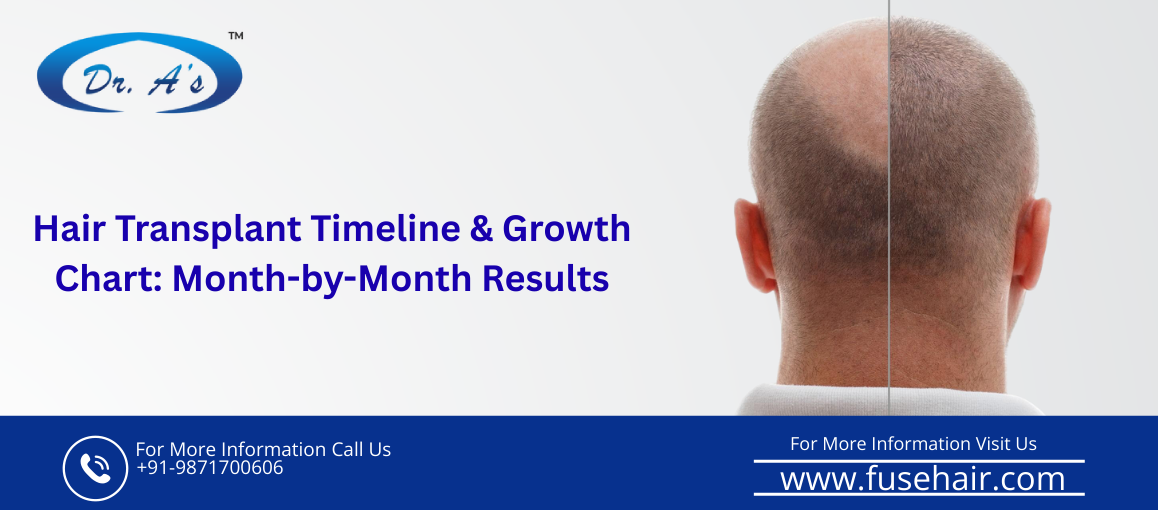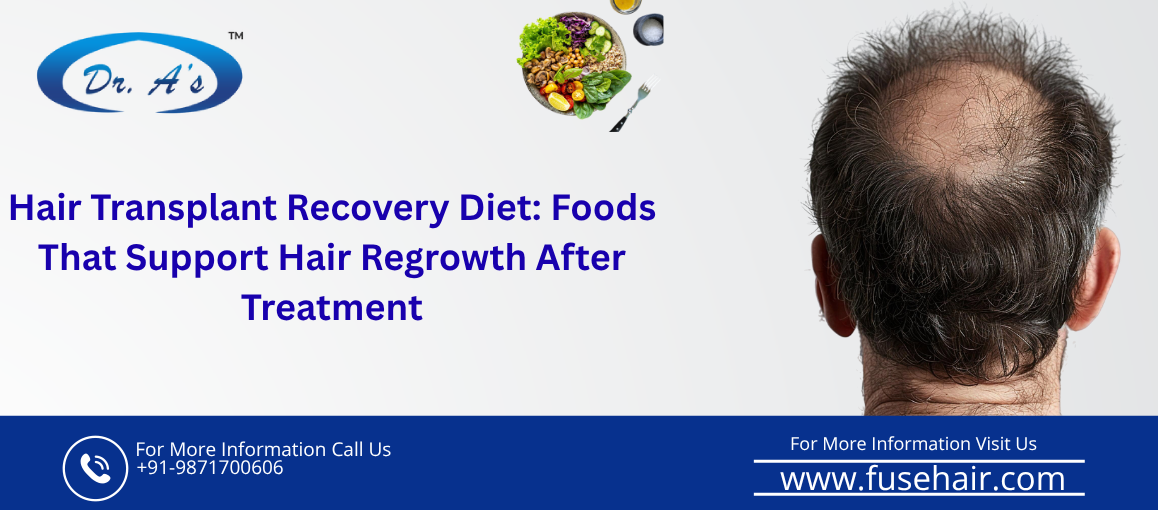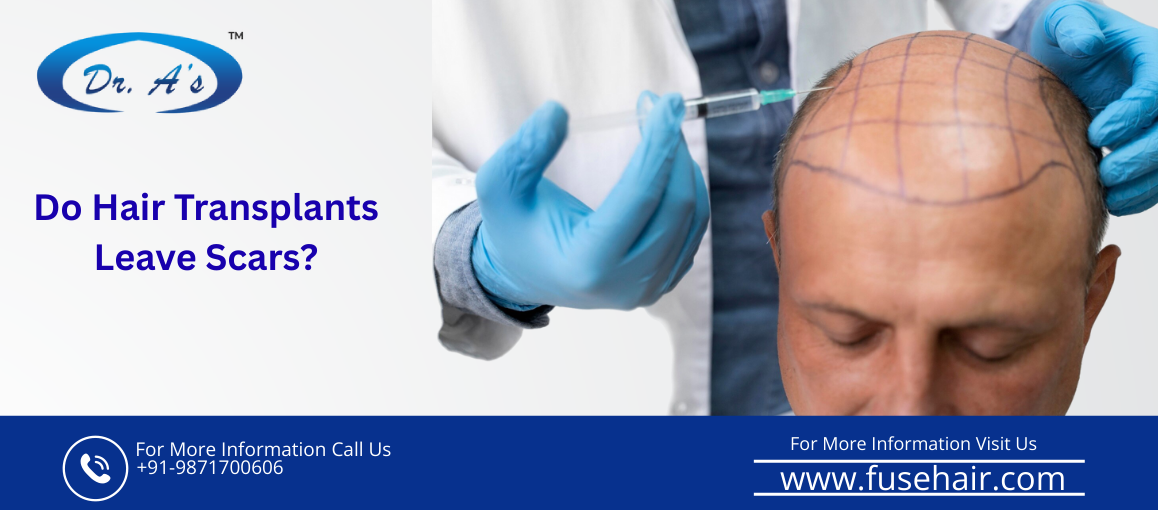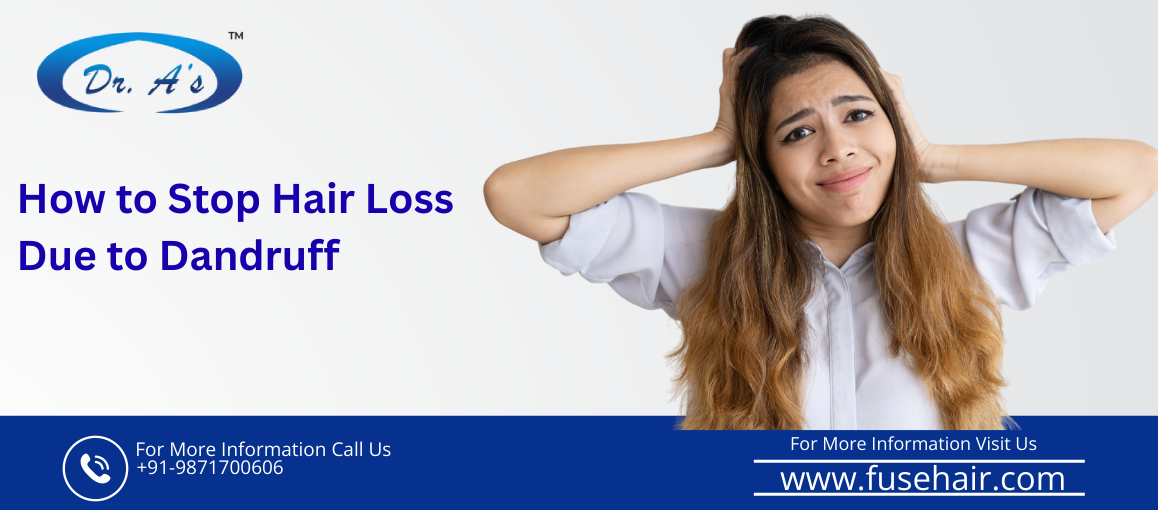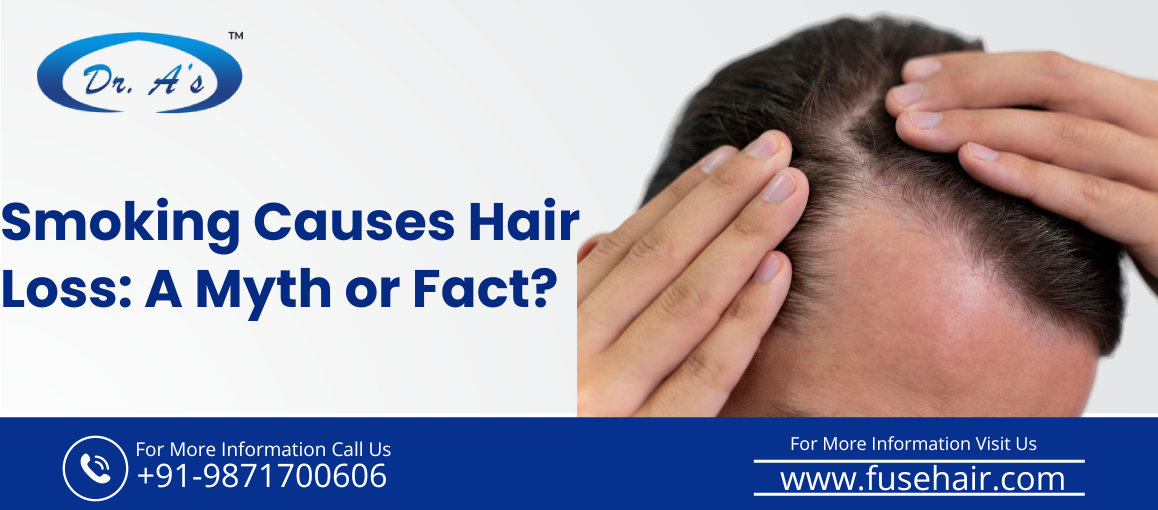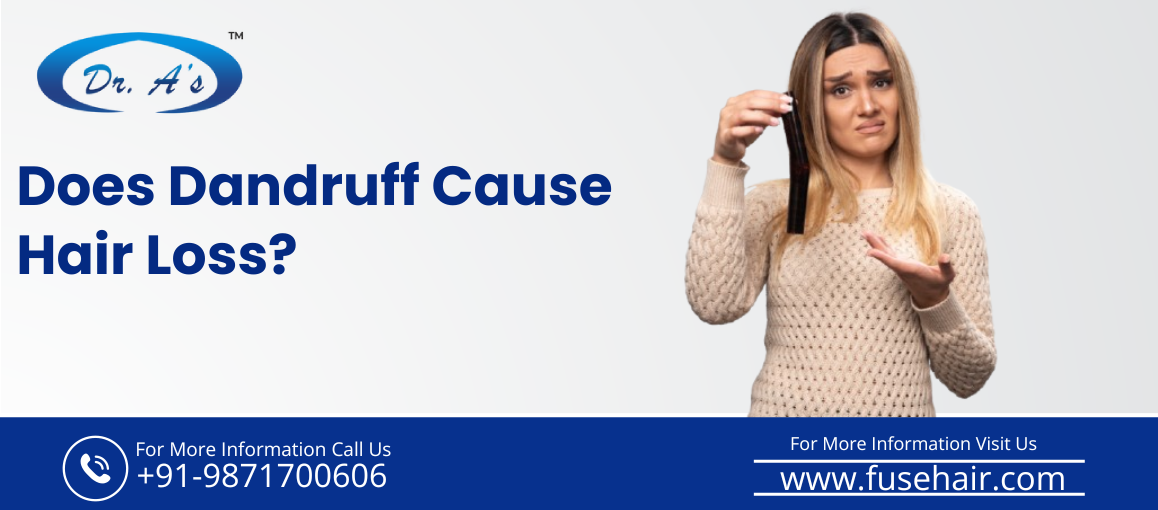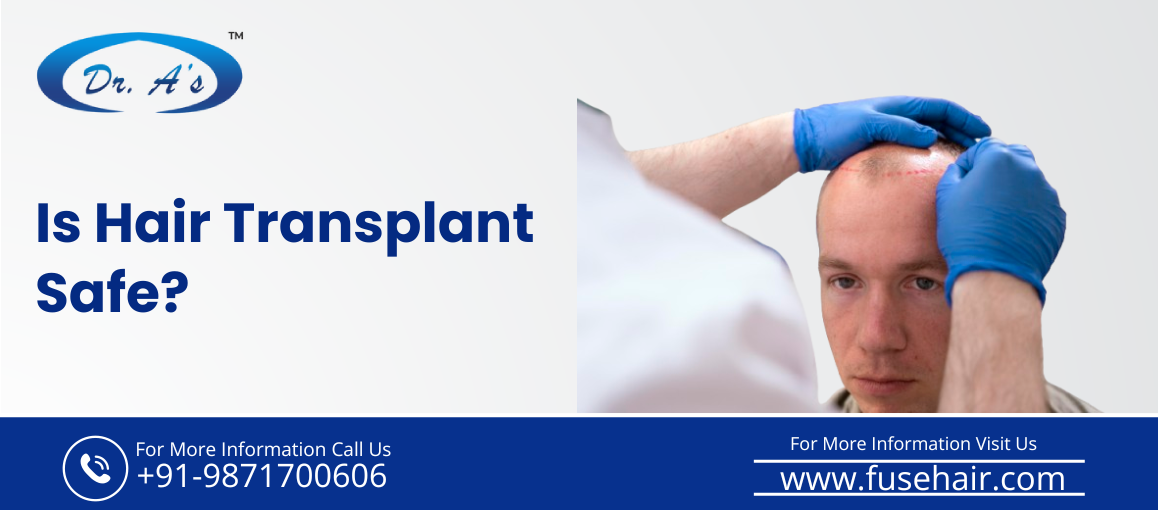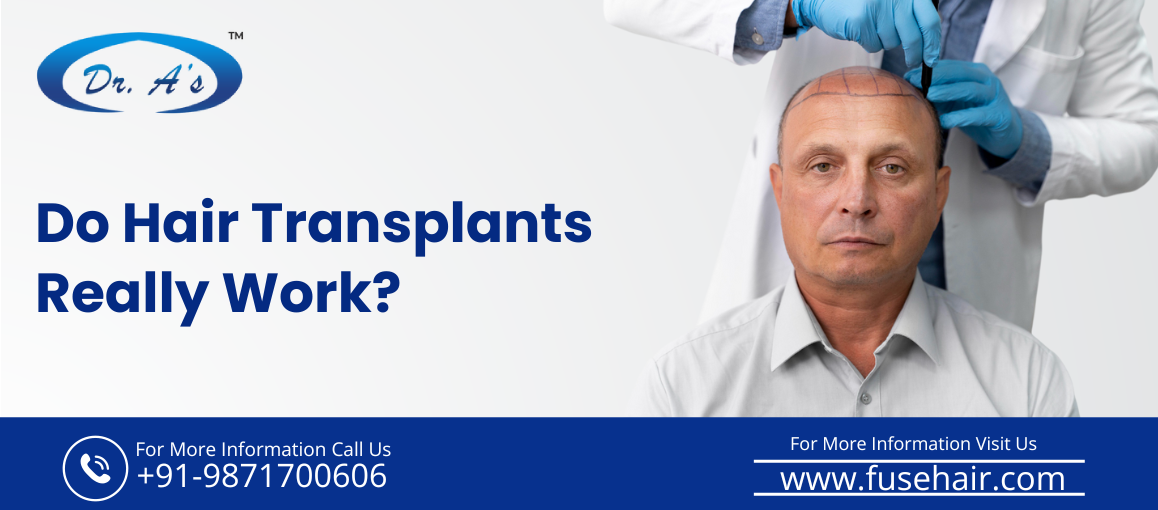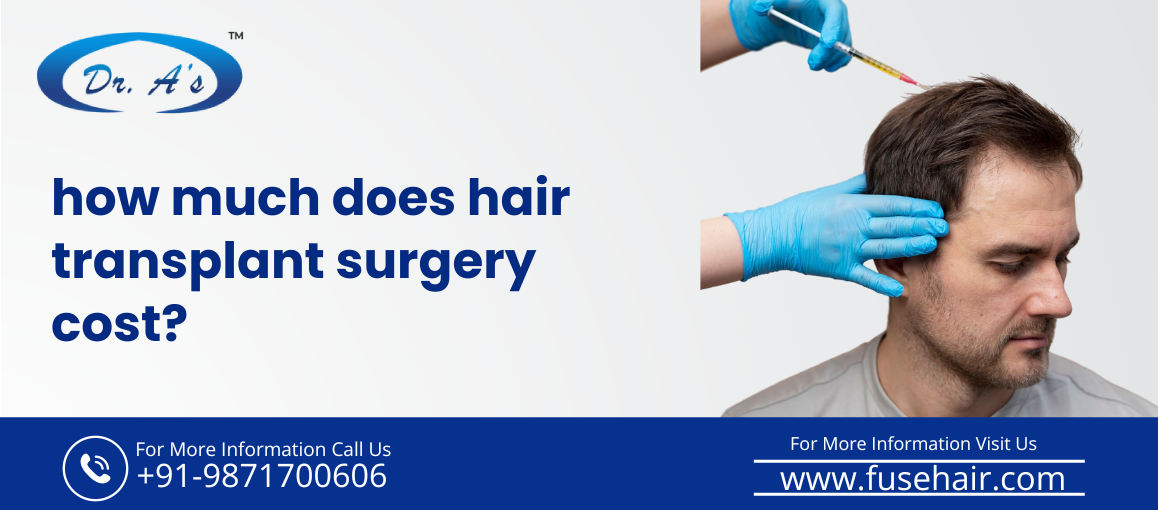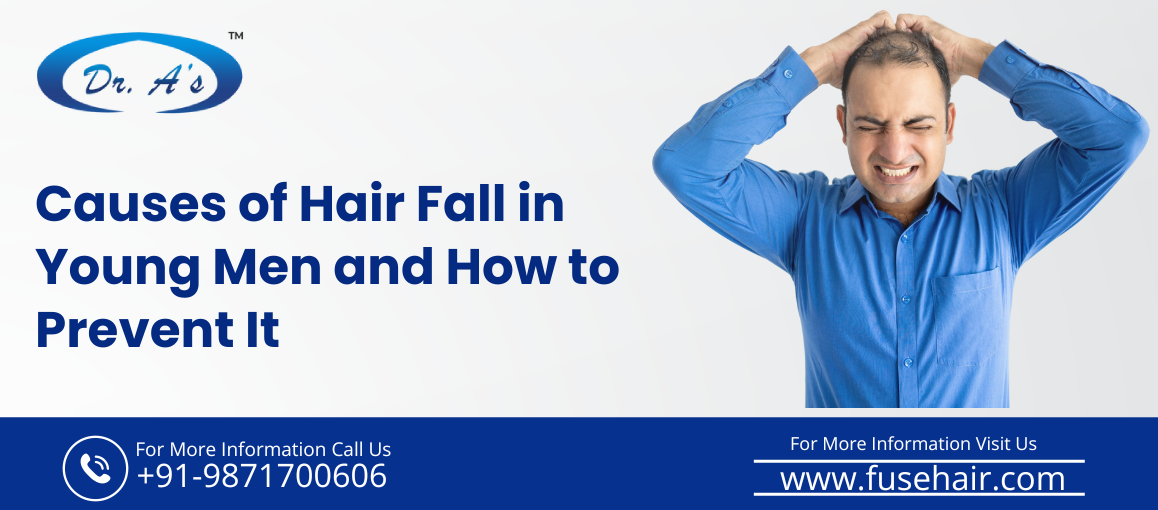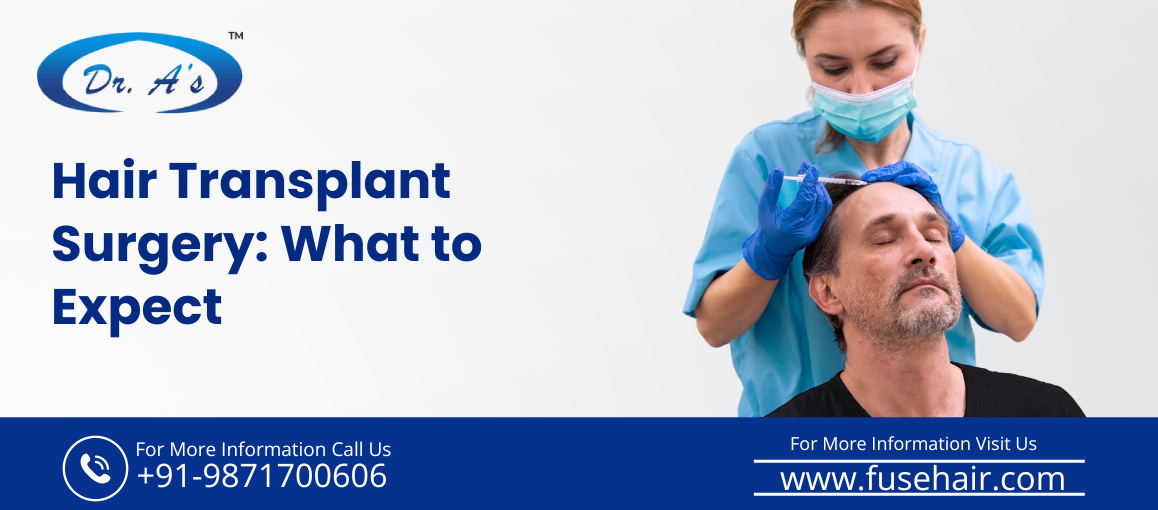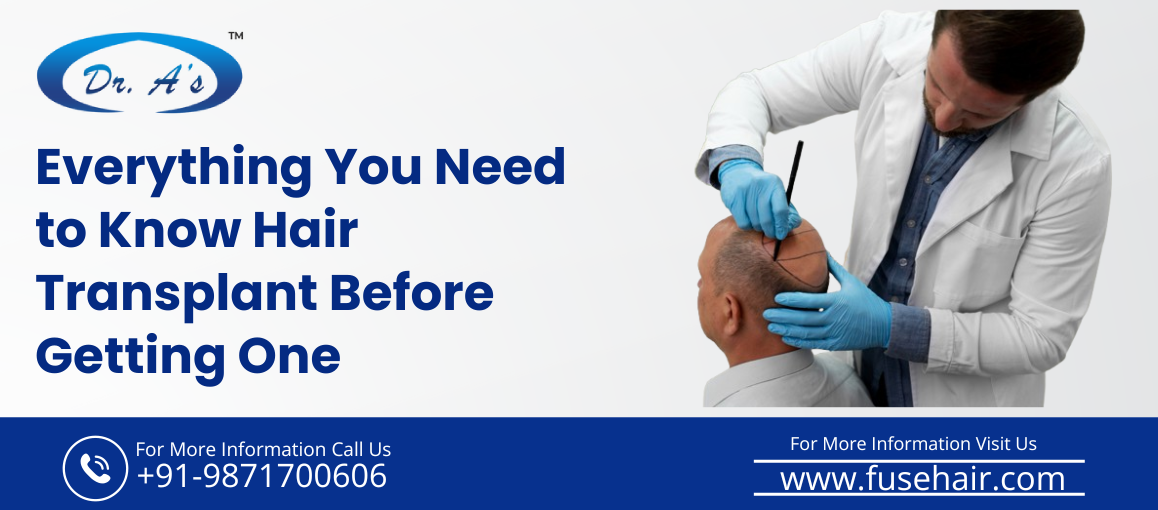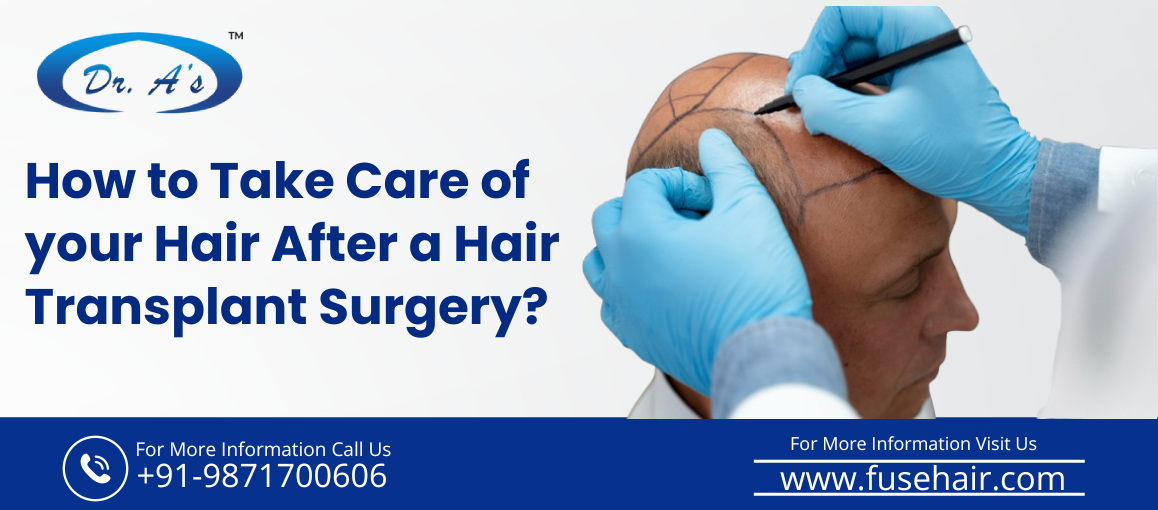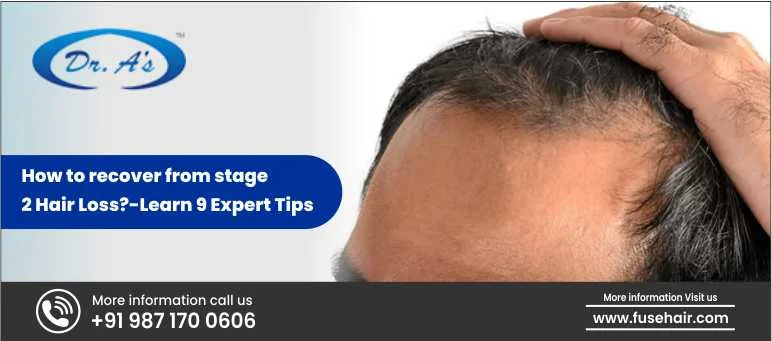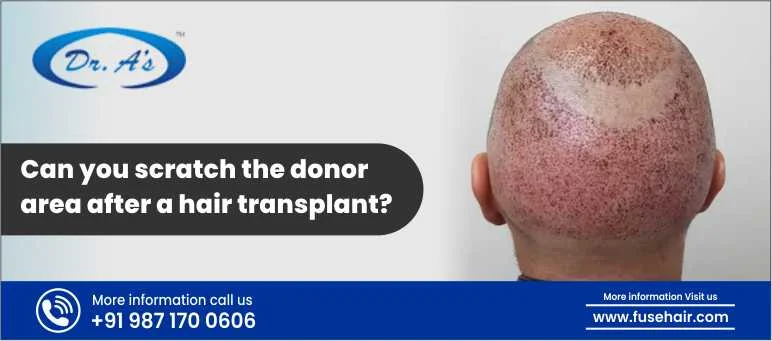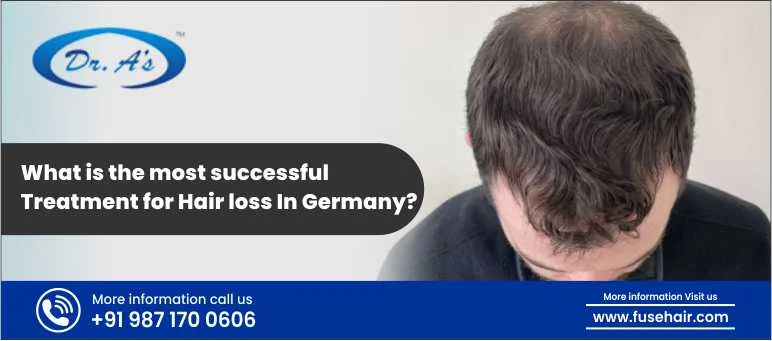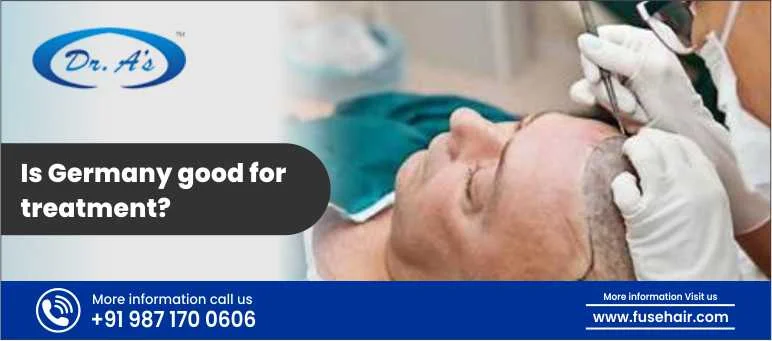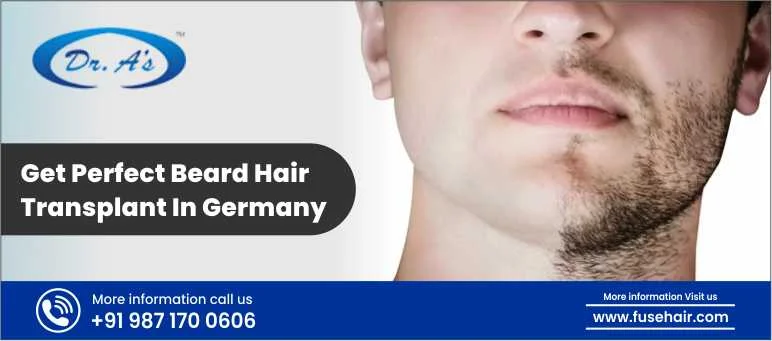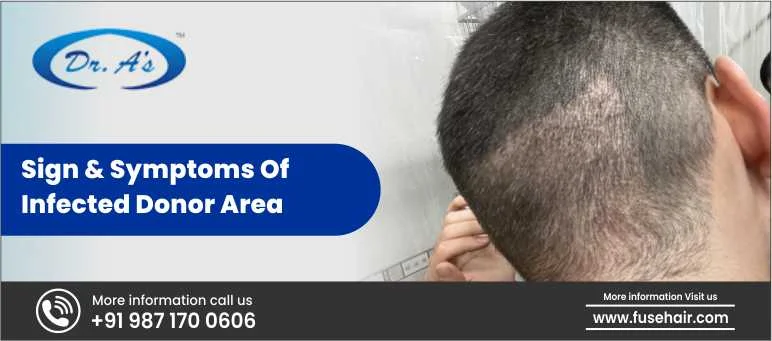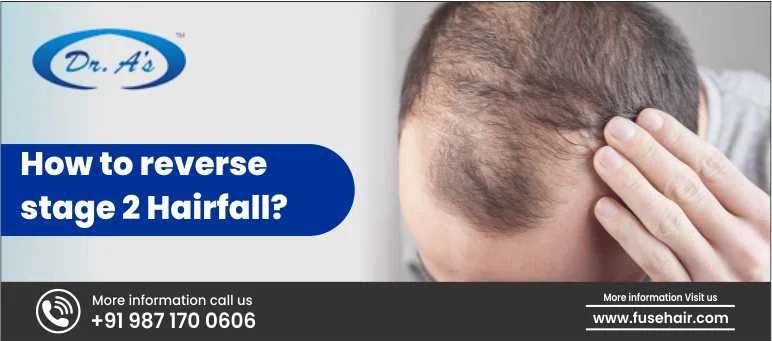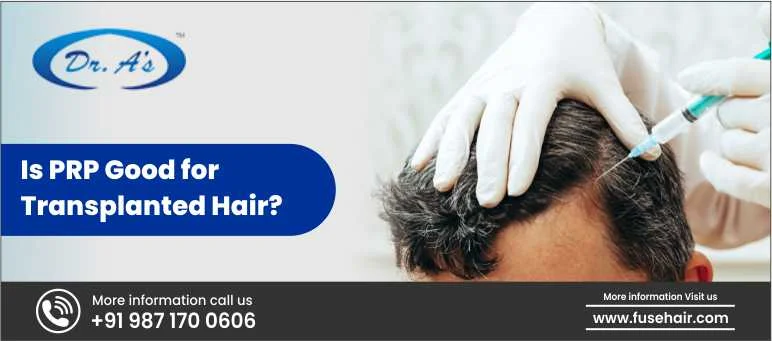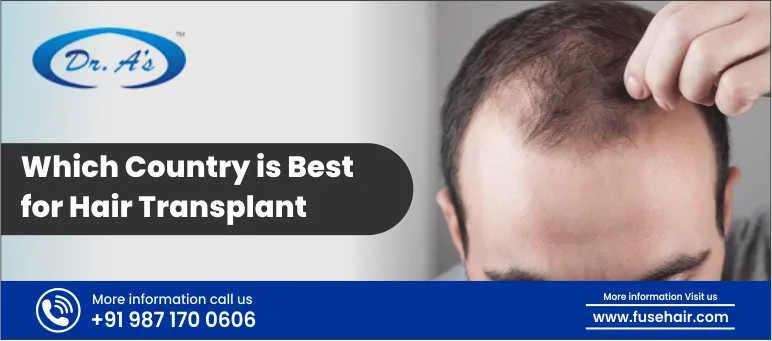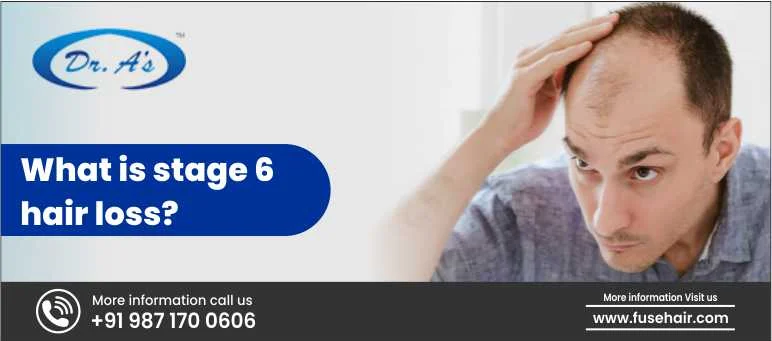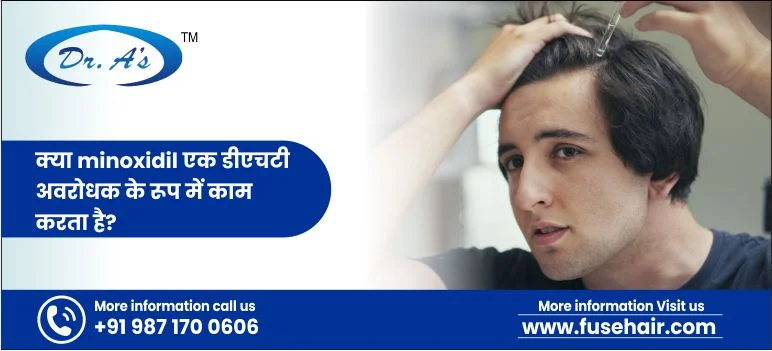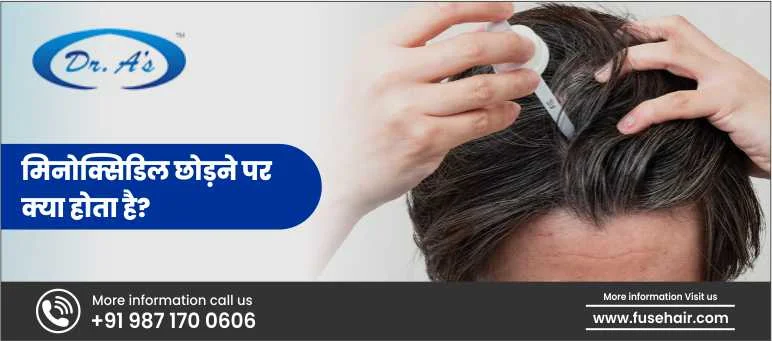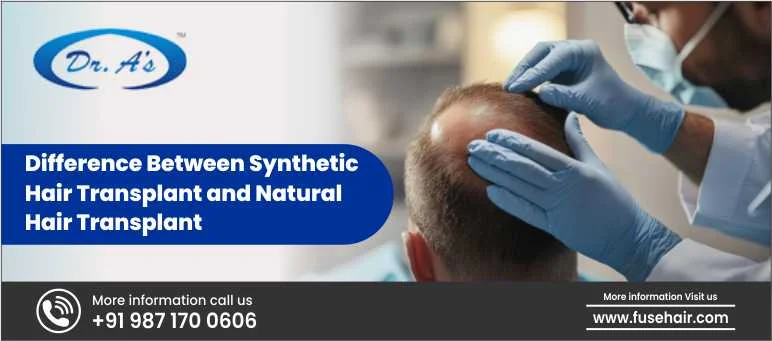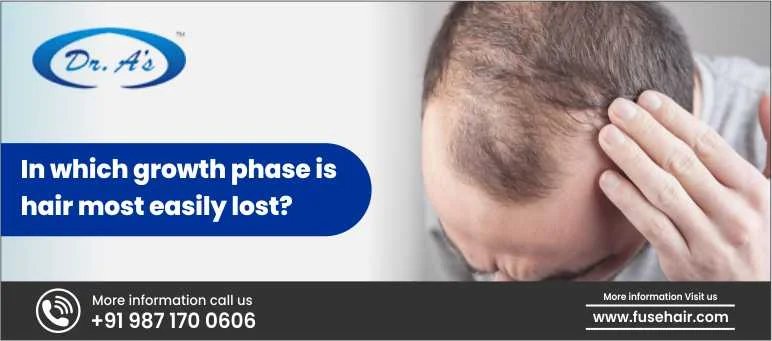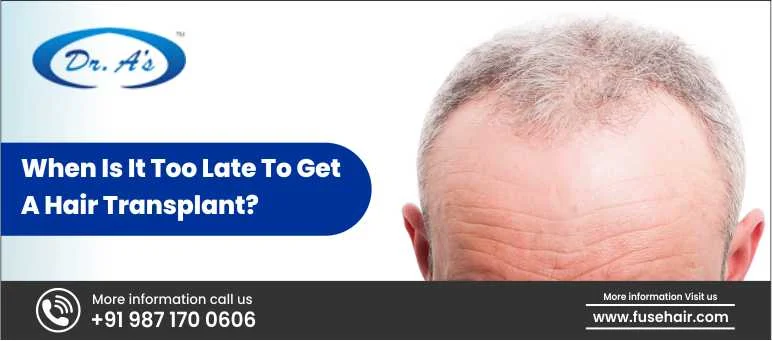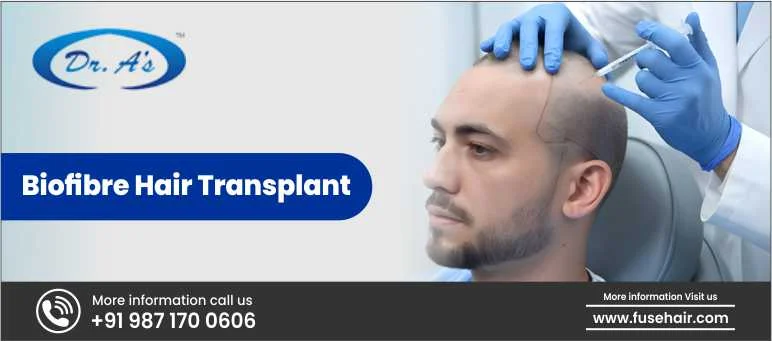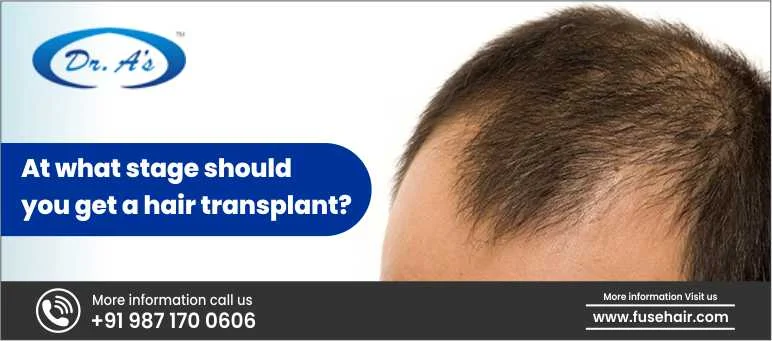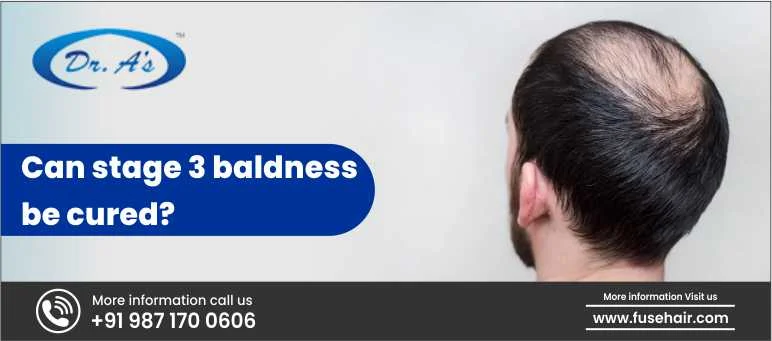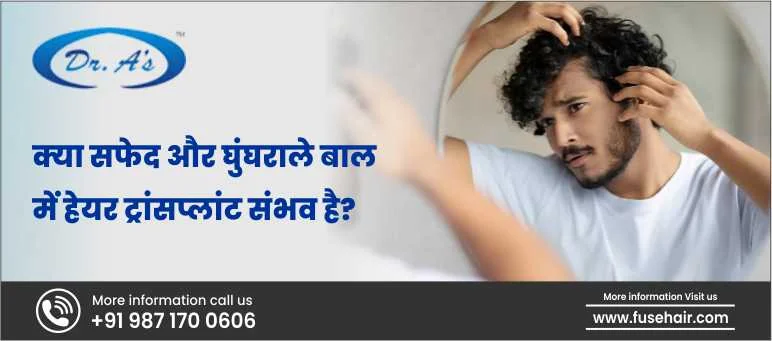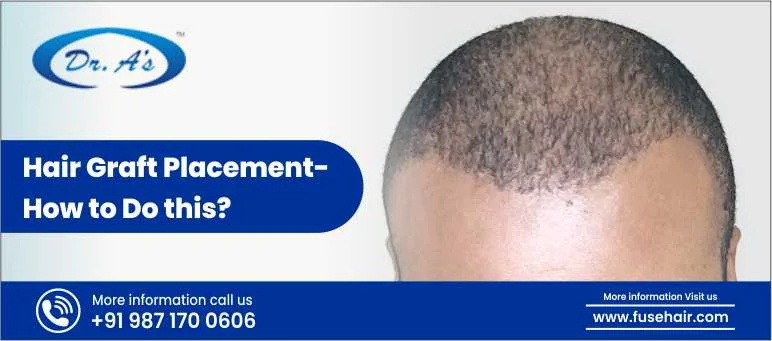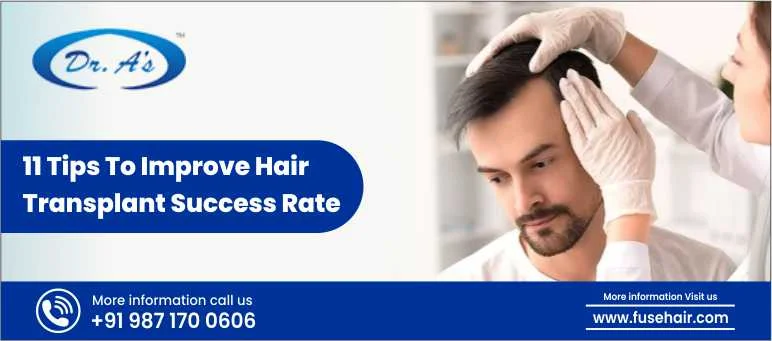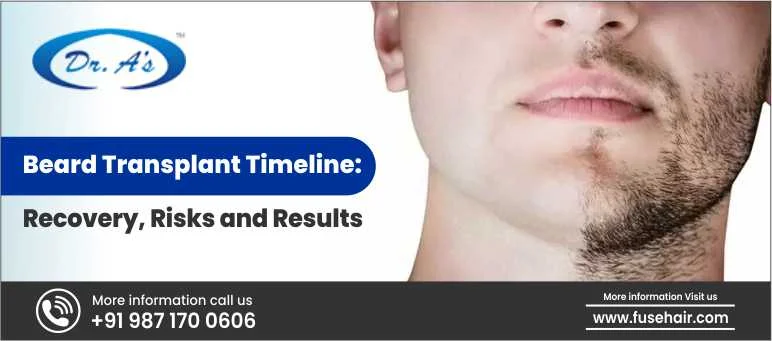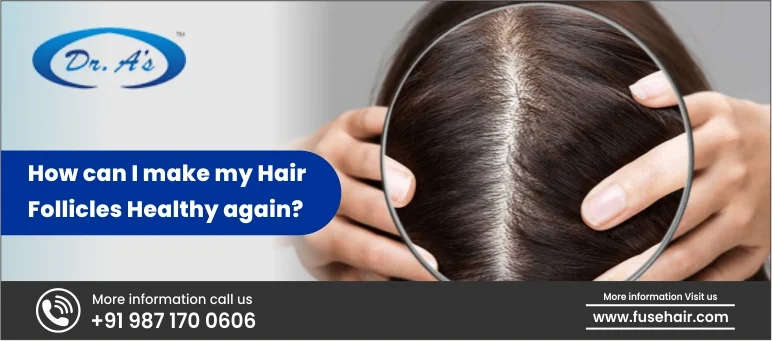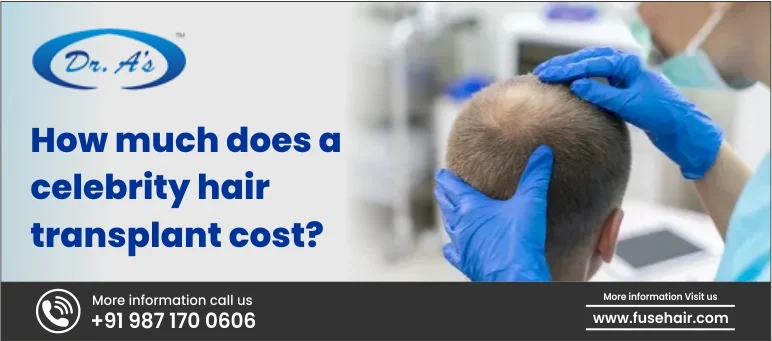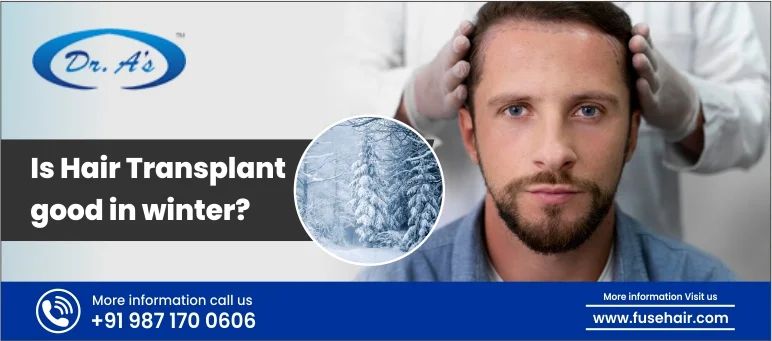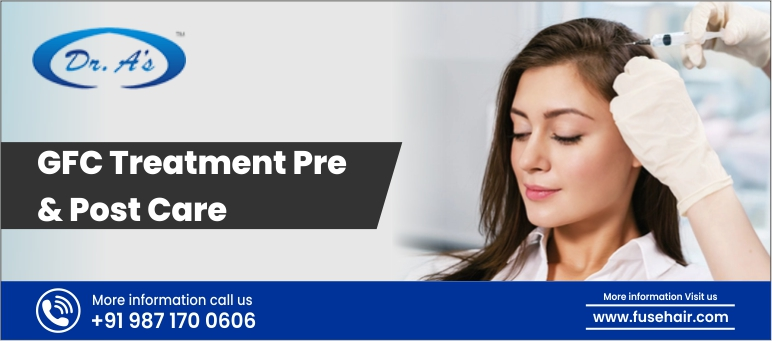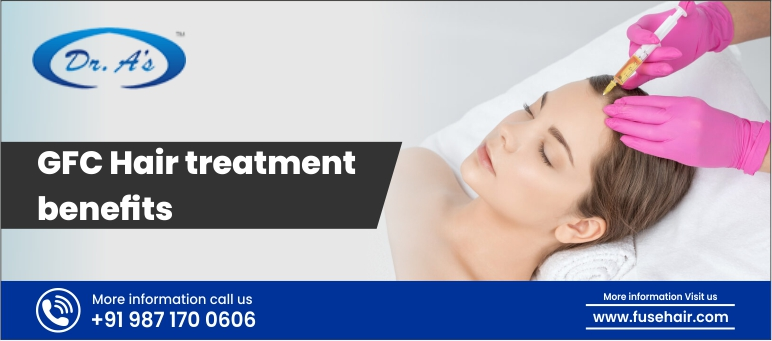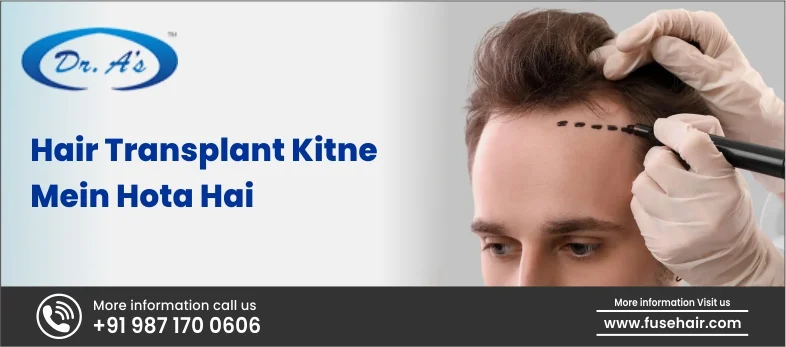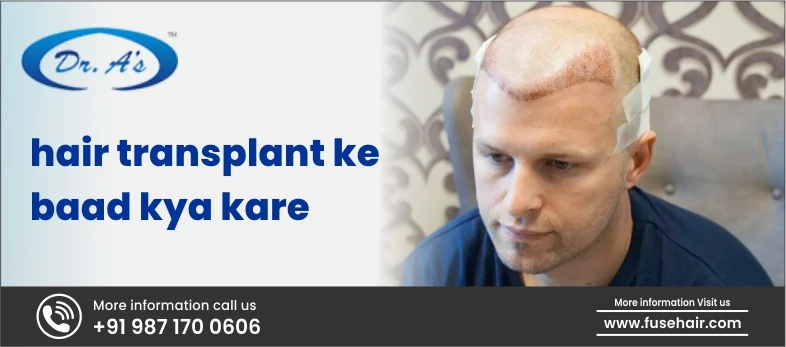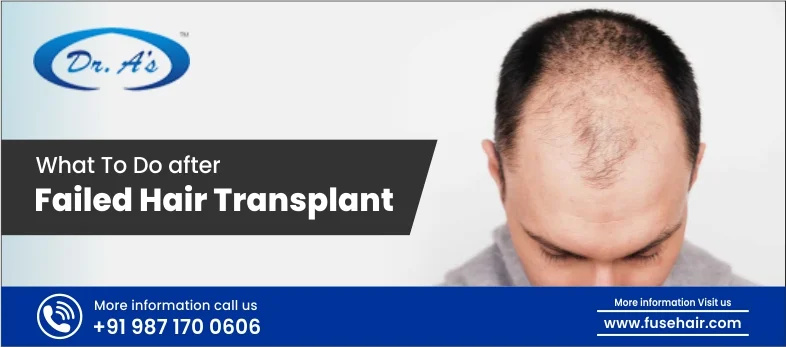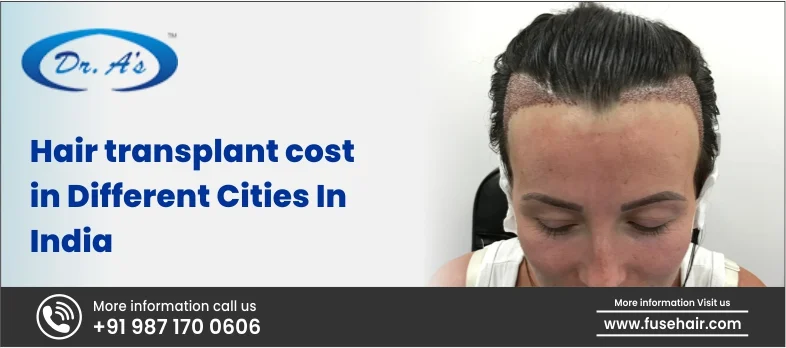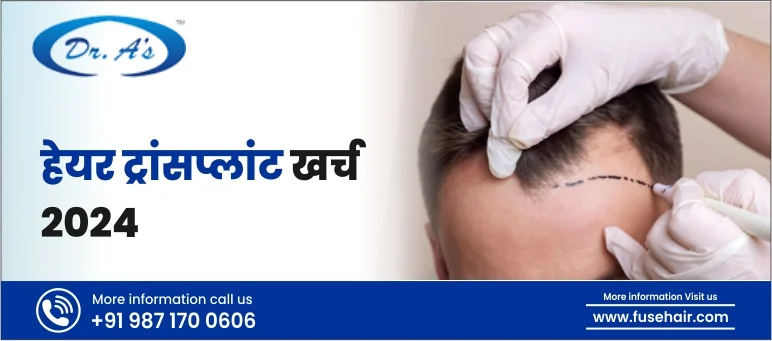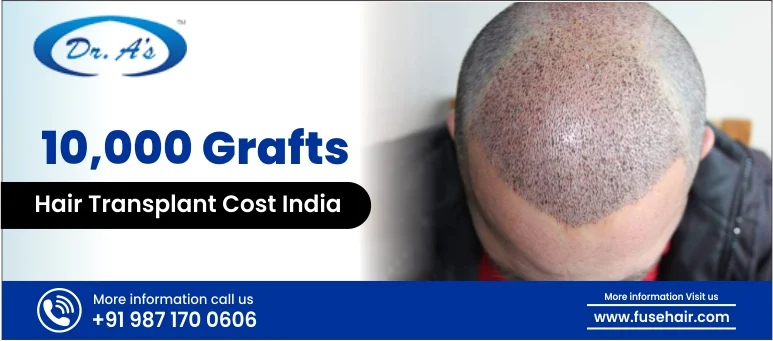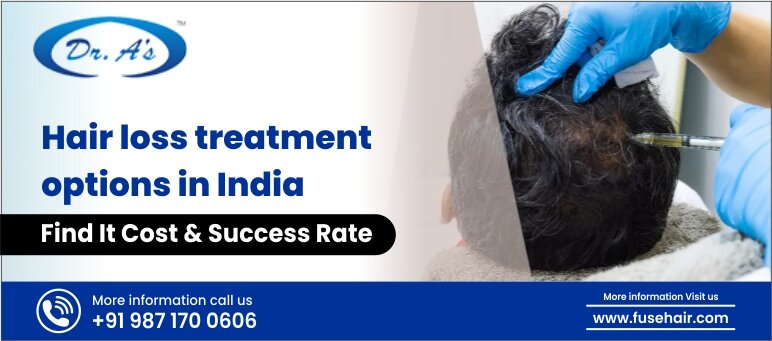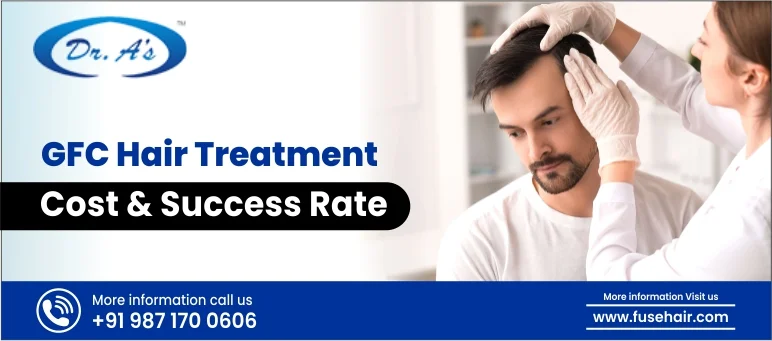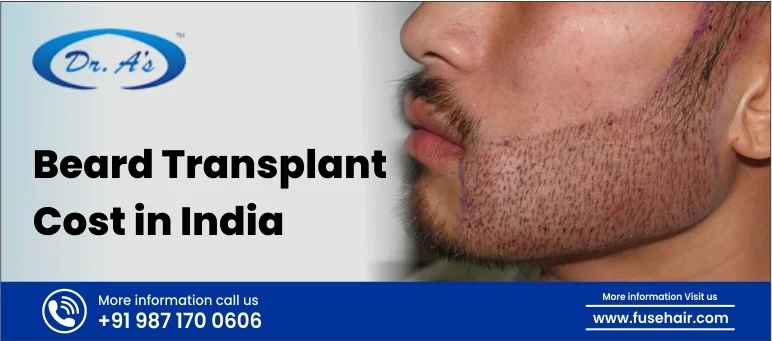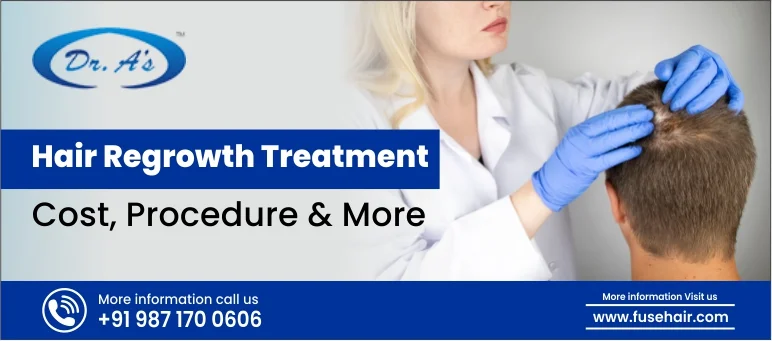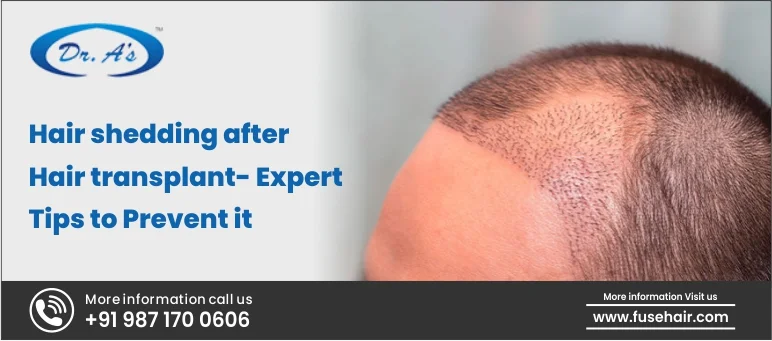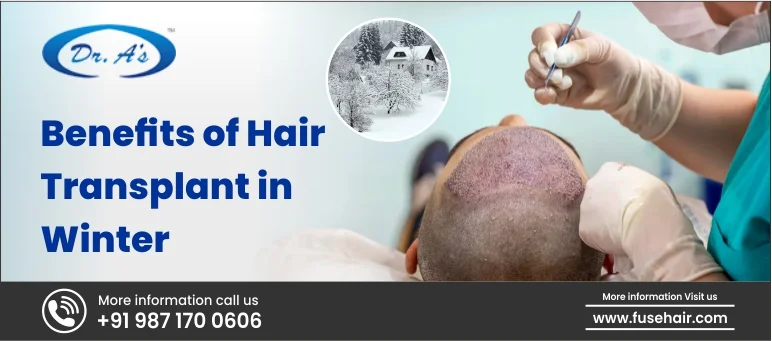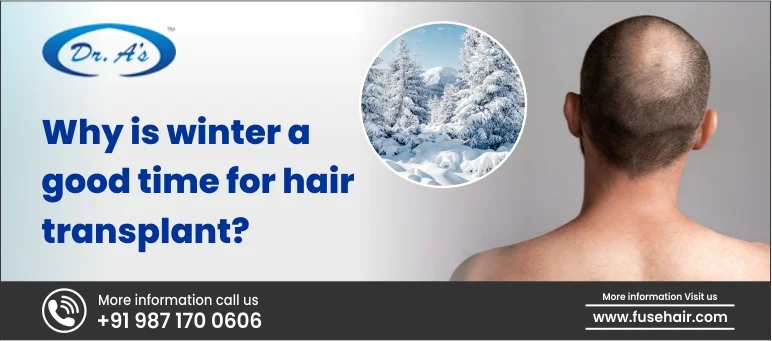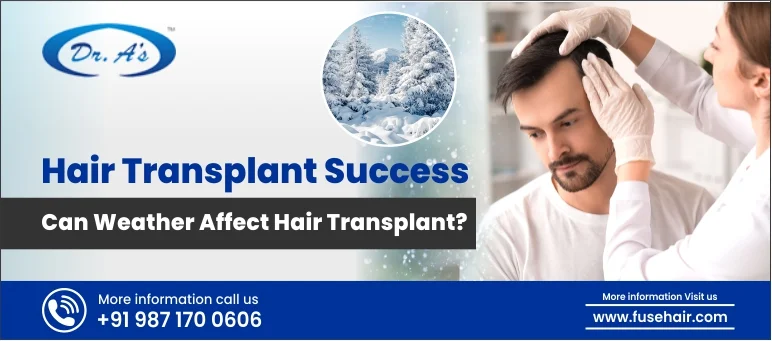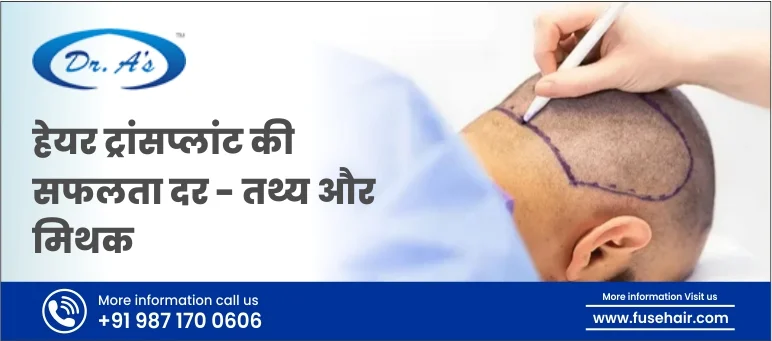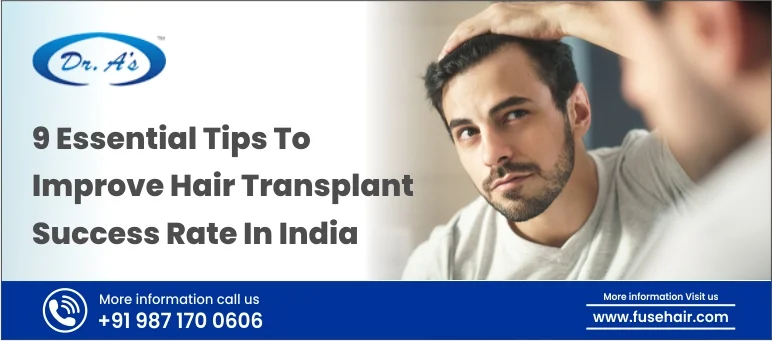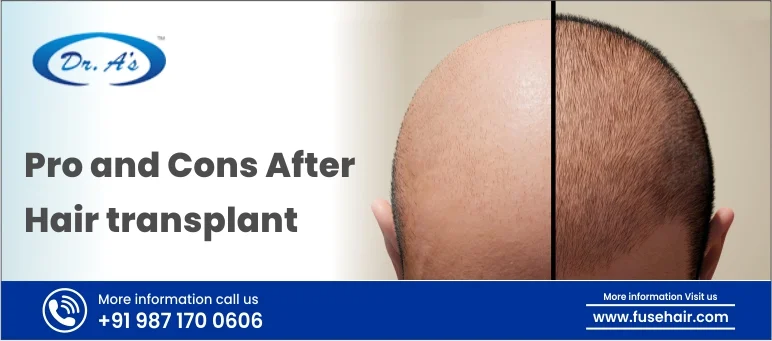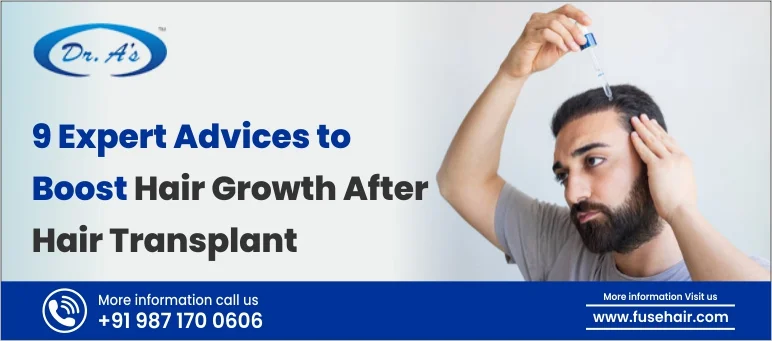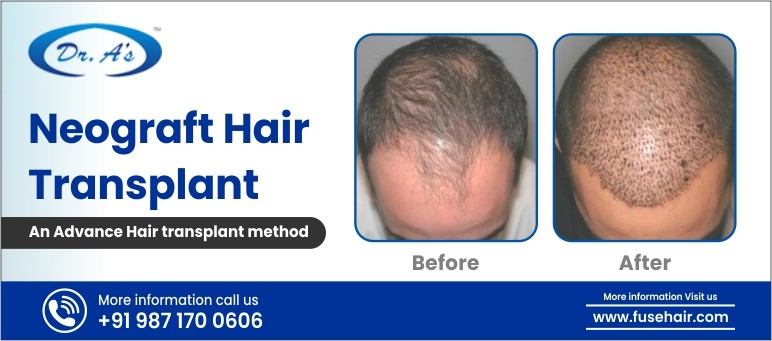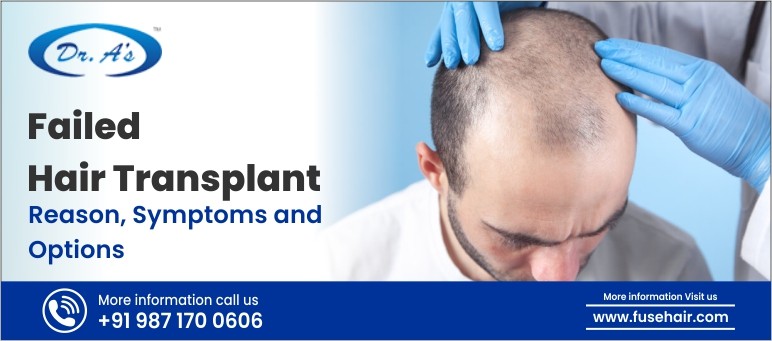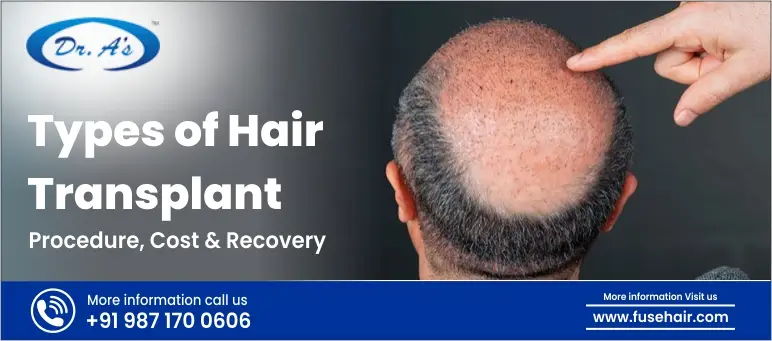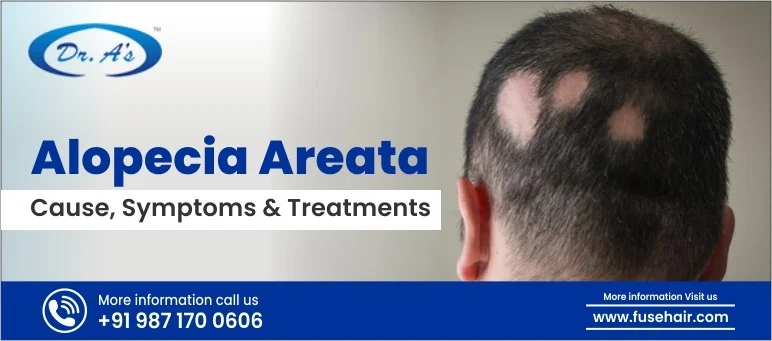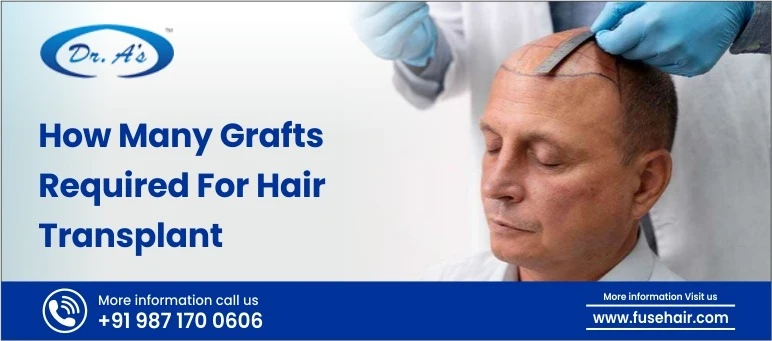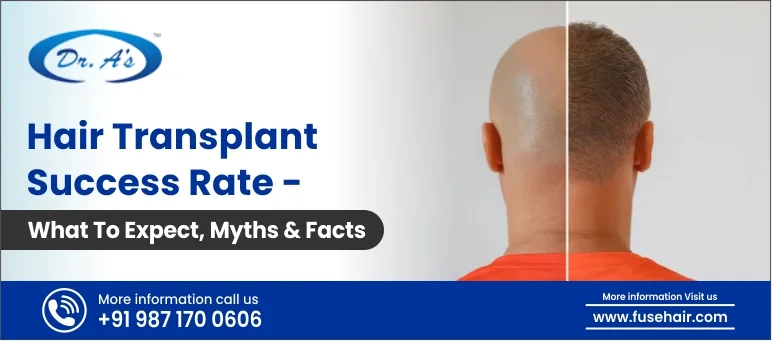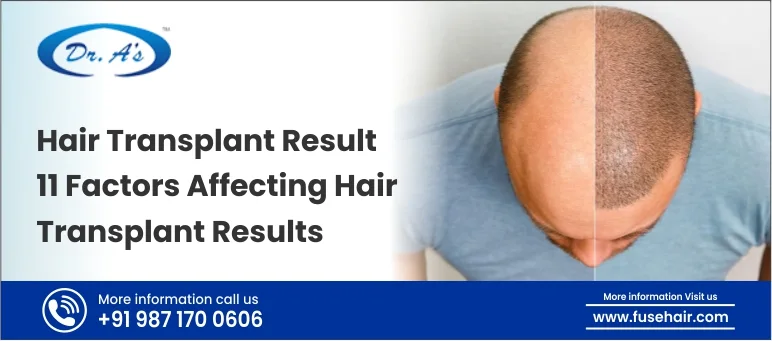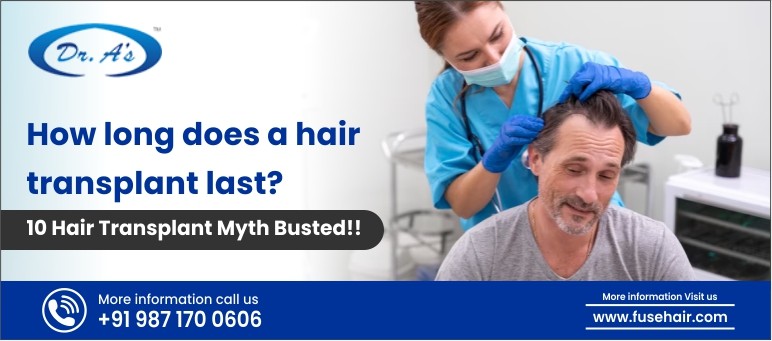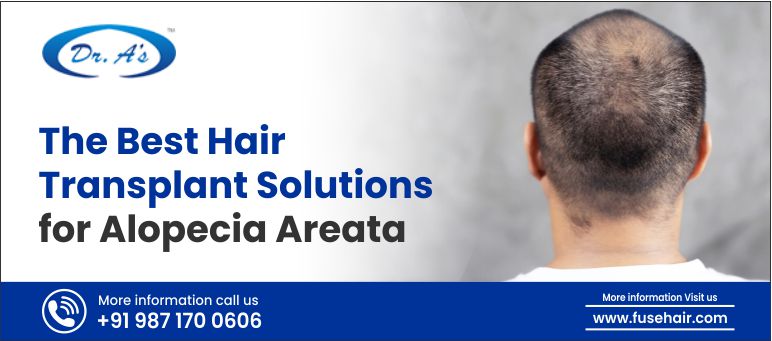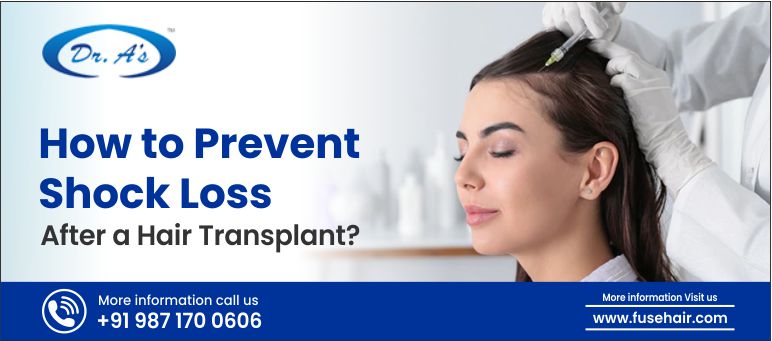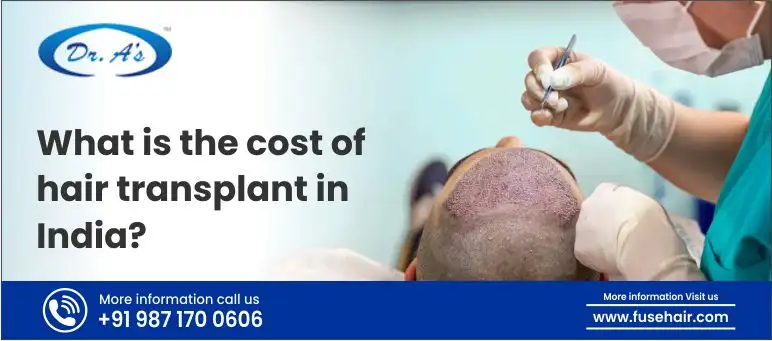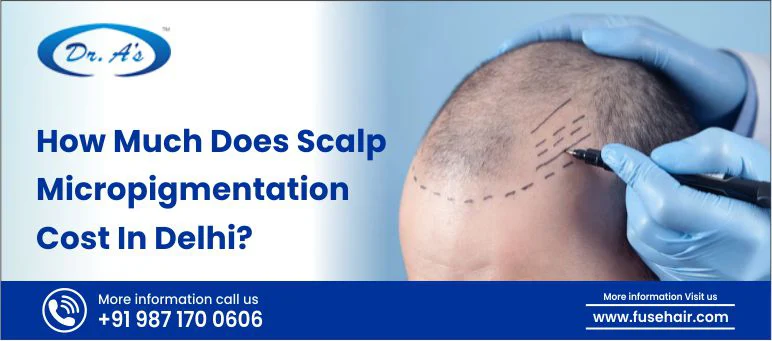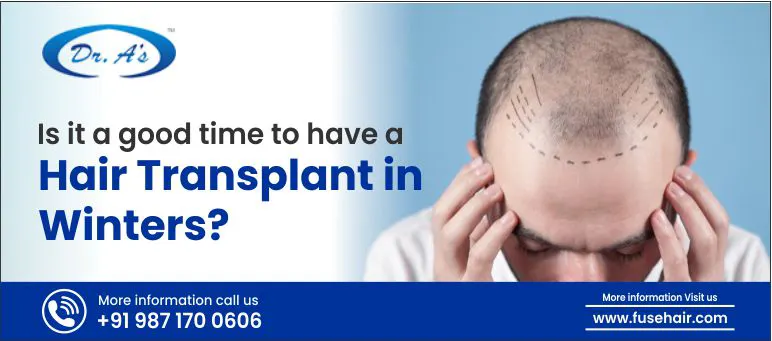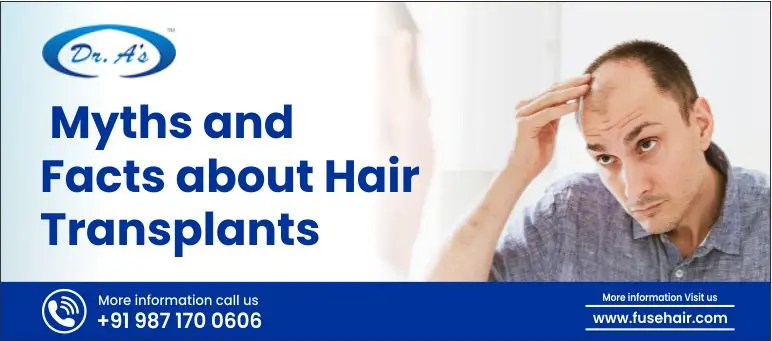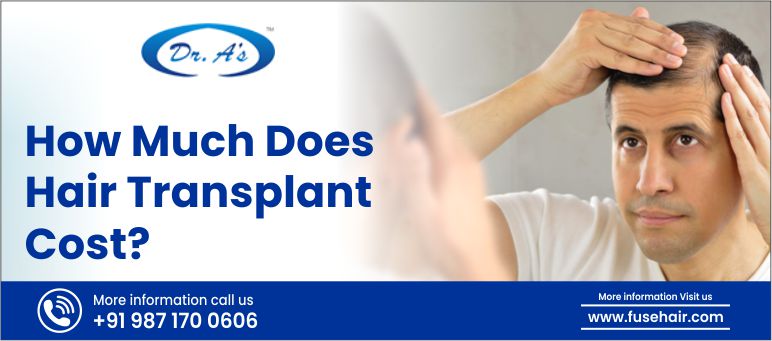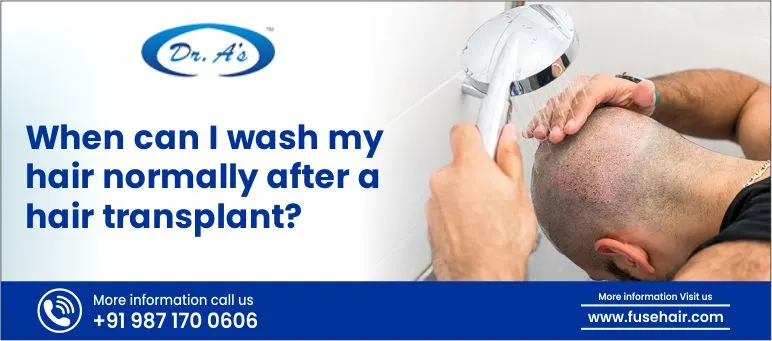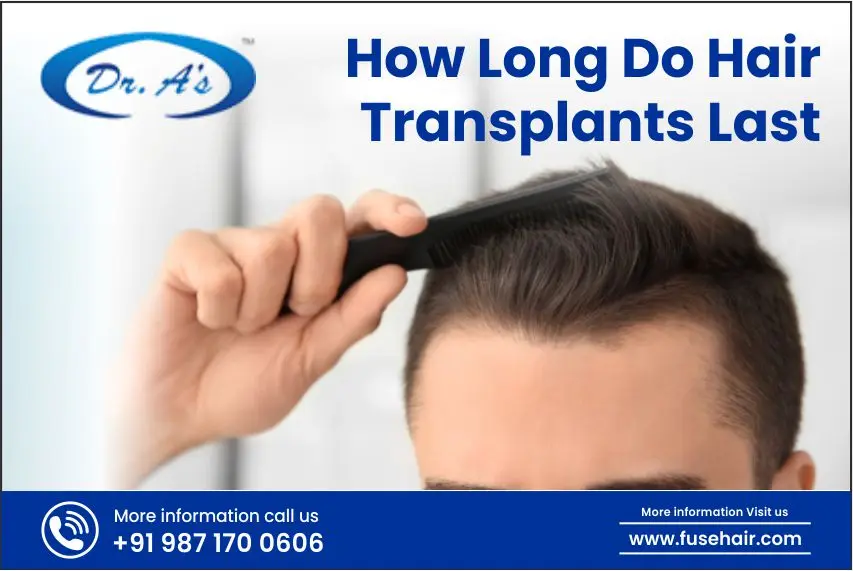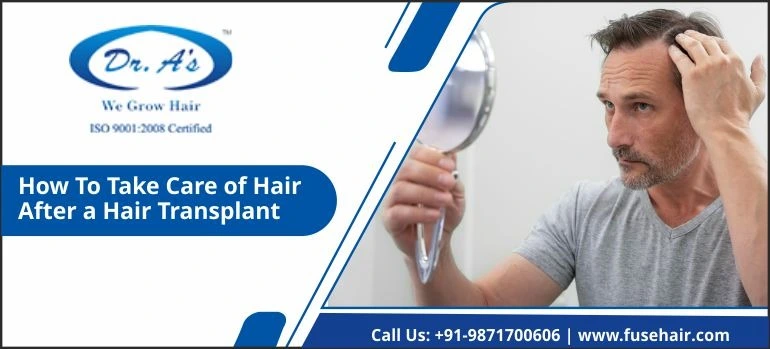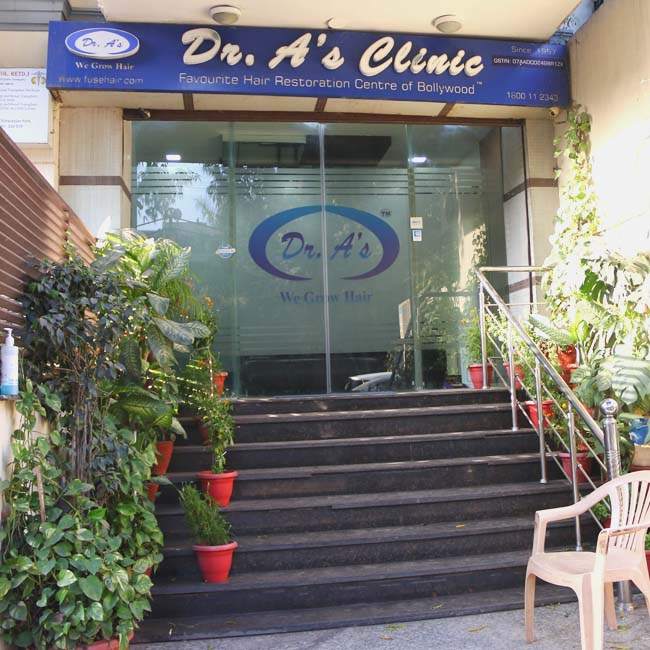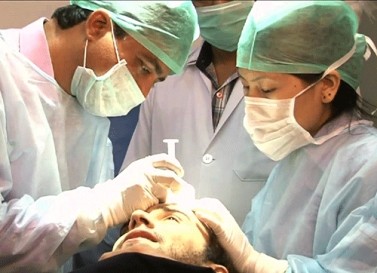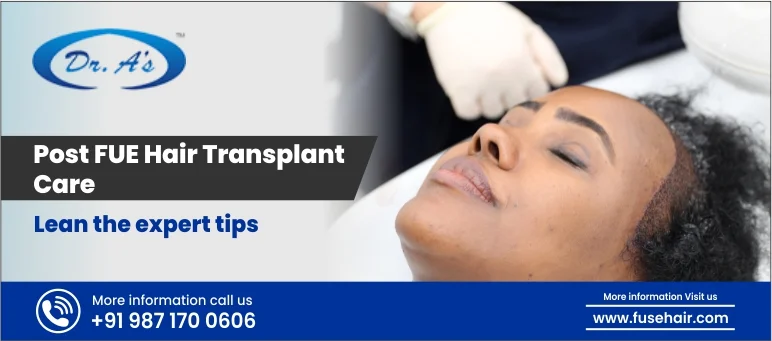
Dealing with hair loss can be challenging, both emotionally and physically. For those choosing an FUE hair transplant, this minimally invasive procedure offers a natural look with no visible scarring. Following proper post-transplant guidelines helps prevent complications and supports the growth of each graft. If you’re considering or have recently had an FUE hair transplant, understanding aftercare essentials can make a significant difference.
With the right steps, you can ensure a smooth recovery process and maximize the health and longevity of your new hair. However, achieving the best results requires careful attention to aftercare. Many individuals turn to Dr. A’s Clinic in Delhi, known for its advanced techniques and experienced team of hair transplant specialists headed by renowned Doctor Dr. Arvind Poswal. With more than 25 years of experience, he is one of the best hair transplant surgeons to get your treatment done in Delhi.
Why is Post-Operative Care Important after an FUE transplant?
The healing and growth process of transplanted hair follicles differs significantly from natural hair, making postoperative care especially important. During an FUE hair transplant, individual follicles are extracted and transplanted into balding or thinning areas, and these grafts are initially fragile and prone to damage. Postoperative care helps protect these follicles, reduce the risk of infection, and encourage a natural growth pattern. The FUE hair transplant is an investment, and careful aftercare helps ensure the procedure’s longevity, allowing patients to get the most out of their hair restoration journey. Investing in an FUE hair transplant at the right clinic, along with proper care, can lead to long-lasting, natural-looking results, making your hair transplant cost a valuable investment. Through patience, consistency, and expert guidance, you can look forward to a renewed, fuller head of hair that enhances both your appearance and self-confidence.
Neglecting post-transplant care can lead to complications such as graft dislodgement, infection, and excessive scarring, which may affect the outcome. Hair transplant clinics like Dr. A’s Clinic emphasize the importance of post-transplant guidelines as part of their approach to delivering the best hair transplant in Delhi, supporting clients at every step.
Essential Tips for Post-Operative FUE Transplant Care
Proper post-operative care is essential for the success and longevity of your FUE hair transplant. By following these guidelines, you can enhance your results and promote a smoother, quicker recovery process.
-
Handling Grafts with Care
In the first ten days after an FUE hair transplant, the grafts are highly delicate and require extra caution. During this initial period, it’s crucial to avoid any direct contact with the grafts—refrain from touching, rubbing, or scratching the transplant area to allow the grafts to settle. Sleeping on your back with your head slightly elevated helps avoid accidental pressure on the transplant site, as even slight contact can disrupt the grafts. It’s also essential to avoid wearing any tight headgear, such as hats or helmets, which could create friction against the scalp. By following these steps, you’re giving the grafts the best chance to integrate smoothly, helping to ensure a successful outcome for your FUE hair transplant.
-
Proper Sleep Positioning
Your sleeping posture plays a significant role in the early stages of recovery after an FUE hair transplant. For the first few nights, experts recommend elevating your head at a 45-degree angle to reduce swelling by keeping fluids from pooling around the transplant site. This can be achieved with two stacked pillows or a recliner chair for added comfort. Additionally, try to keep direct contact between your scalp and pillow minimal. This precaution helps avoid pressure on the grafts, reducing the risk of displacement and promoting better blood flow to support healing. Though it may feel unusual, sleeping in this way helps support the healing process and enhances the overall success of the transplant.
Proper sleeping positions not only help prevent graft displacement but also improve blood circulation, boosting the success of your FUE hair transplant. This small adjustment can greatly impact your recovery, reinforcing the value of your FUE hair transplant cost.
-
Washing and Cleaning the Scalp
Properly washing the scalp after an FUE hair transplant is essential to safeguard the grafts and maintain a clean environment for healing. Avoid washing your hair for the first 48 hours post-transplant to allow for initial healing. Afterward, use a mild, doctor-recommended shampoo, gently dabbing it onto the scalp rather than rubbing it. When rinsing, let the lukewarm water flow over the area without pressure, and allow the scalp to air dry, avoiding heat from a blow dryer for at least the first week. These careful steps help the grafts settle without interference, supporting long-term success and health for the new hair.
-
Avoiding Physical Activities
After an FUE hair transplant, it’s best to hold off on intense physical activities for a couple of weeks. Engaging in activities that cause sweating can lead to irritation in the transplant area, while increased blood flow from activities like running or lifting weights may dislodge the grafts. For optimal healing, avoid exercises that exert pressure on the scalp or cause you to sweat heavily. Light activities, such as walking, are generally fine, but keep them brief to prevent sweat from accumulating around the grafts. This temporary rest period will help ensure that your FUE hair transplant has the best chance for success and allows grafts to integrate properly.
-
Limiting Exposure to Direct Sunlight
Limiting direct sun exposure is critical after an FUE hair transplant, as UV rays can harm both the scalp and newly transplanted grafts. Avoid prolonged sun exposure for at least three months, as UV rays can slow healing and increase the risk of scarring. If you need to be outside, wear a loose-fitting hat to shield the scalp without pressing on the grafts. After the initial healing period, you can gradually increase sun exposure, but it’s wise to continue protecting your scalp. This mindful approach helps preserve the health and longevity of the transplanted hair, supporting your investment in achieving natural, lasting results.
Further recommendations for Post-Transplant Success
To achieve optimal results and smooth recovery after your FUE hair transplant, the experts at Dr. A’s clinic recommend essential steps to support graft health and encourage natural growth.
Following these guidelines can help you achieve a successful outcome and make the most of your hair restoration journey.
Diet and Hydration
Nutrition plays an underrated role in the healing process. Vitamins, minerals, and proteins are essential for new hair growth. Key nutrients include:
- Biotin: Supports healthy hair and skin.
- Zinc and Iron: Essential for hair cell growth and development.
- Protein: Builds the structure of each hair strand, so incorporating sources like eggs, lean meat, or legumes can benefit hair health.
- Drinking plenty of water also keeps your scalp hydrated, aiding the healing process. A healthy diet promotes stronger hair and faster recovery, maximizing your FUE hair transplant investment.
Medications and Supplements
After your FUE procedure, your doctor may prescribe antibiotics to prevent infection, anti-inflammatory medication to reduce swelling, and mild pain relievers if necessary. It’s essential to:
- Follow all prescribed medications as directed to reduce risks of complications.
- Avoid any unapproved over-the-counter hair supplements, as some might interfere with healing.
- Adhering to these medical instructions not only facilitates recovery but also supports the successful growth of transplanted hair.
To support healing, it’s advisable to avoid over-the-counter supplements unless recommended by your clinic, as some ingredients could affect the recovery process. At Dr. A’s Hair Clinic, our hair transplant specialists provide each client with detailed post-procedure guidance to encourage a smooth recovery and help them make the most of their investment.
Addressing Common Discomforts in patients undergone FUE hair transplant
Experiencing some discomfort after an FUE hair transplant is normal, and knowing how to manage it can make the recovery period more comfortable.
Here are a few tips from our experts at Dr. A’s clinic to help ease common post-transplant sensations and support a smooth healing process.
Managing Itching
As the scalp heals, mild itching may occur. Avoid scratching, as this can dislodge grafts or introduce bacteria. Instead:
- Use any medicated spray or moisturizer approved by your doctor.
- Keep the area clean and moisturized to ease any discomfort.
Understanding the Hair Growth Cycle
It’s normal for transplanted hair to fall out in the first few weeks; this is known as “shock loss” and is part of the natural hair cycle. New growth typically begins within 3-6 months, with full results visible around 12 months. Being patient through this phase is crucial, as this time allows the FUE hair transplant to reach its full potential.
Conclusion
An FUE hair transplant can transform your appearance and restore confidence, but dedicated aftercare is key to achieving the best results. Following these expert tips will help protect your grafts, reduce discomfort, and support healthy growth.
For top-notch patient care and results, Dr. A’s Clinic stands out as a trusted choice for those seeking the best hair transplant in Delhi. Dr. Arvind Poswal is known for offering his treatments at state-of-the-art facilities and at an affordable hair transplant cost. So, book a consultation with Dr. Arvind Poswal now!

